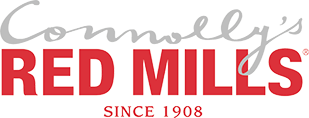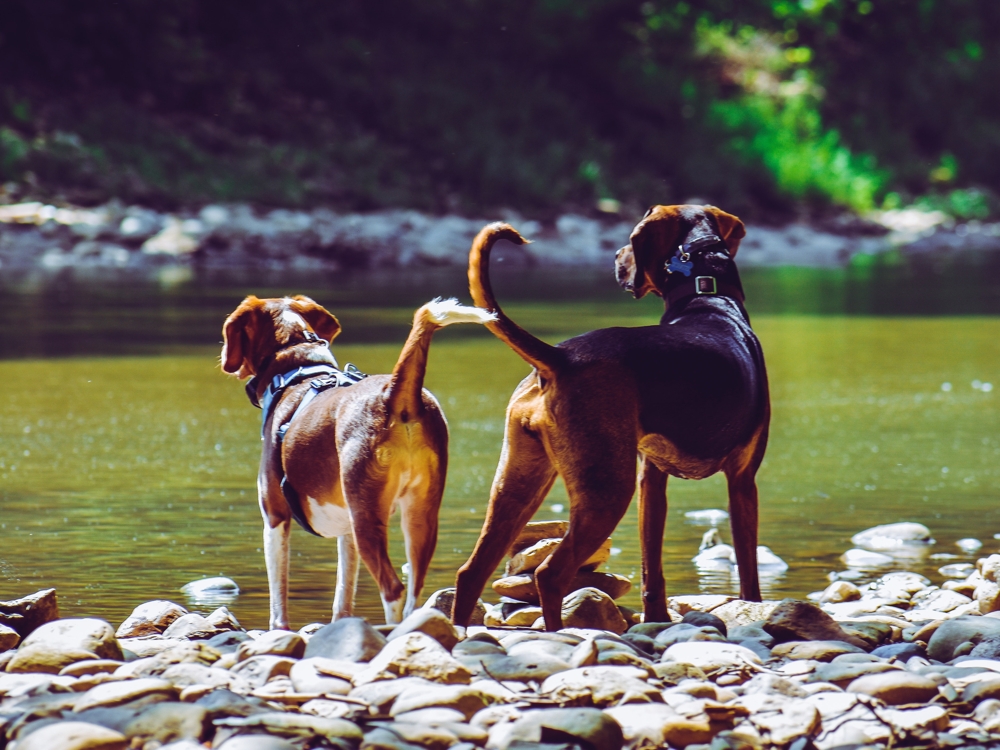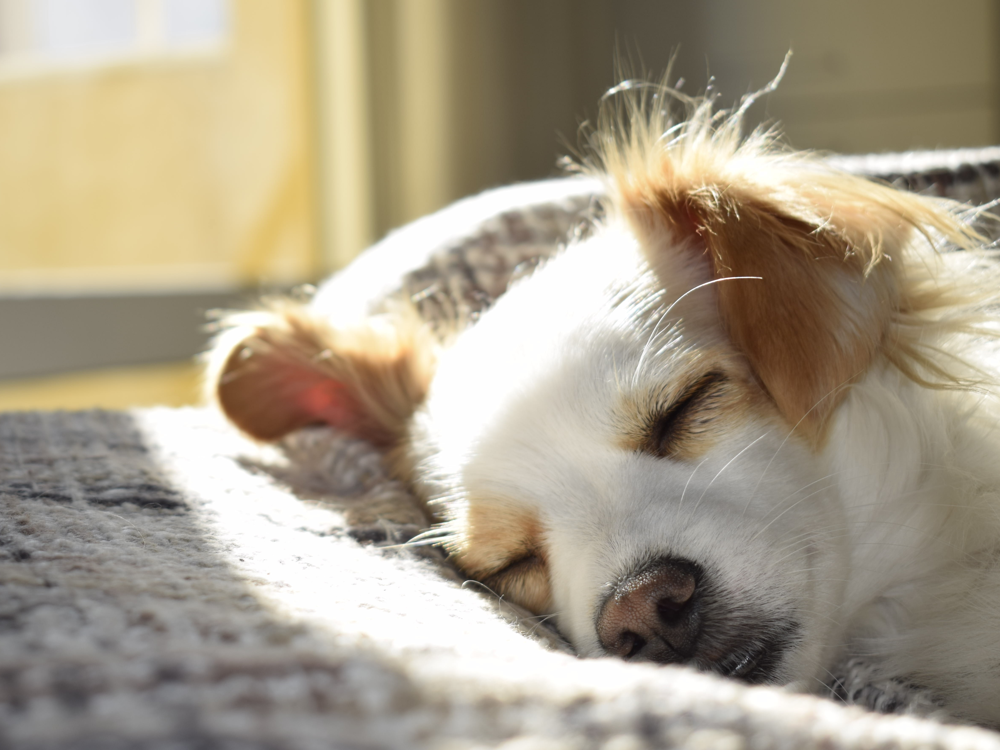Should I Walk My Dog Before or After Meals?
Share
[Sassy_Social_Share]Dogs thrive on routine. Pet parents who also have children will know the importance of developing a schedule that meets their needs and ensures that everything important gets done at a good time. Dogs are no different. And unlike children, they will stick to their routine and even remind you when it is time to get their walk. It is much easier to make sure that daily walk really happens if you can find the perfect time to slot it into your day. Because meals tend to be the anchors of our daily schedule, many of us tend to think in terms of before or after each meal. It’s important to know how long to wait after eating to exercise and how long to wait to feed dog after exercise.
Exercise means different things to different people – and to different dogs. A young, healthy Lab or German Shepherd really needs to walk briskly or jog for at least 45 minutes to an hour every day. (It can be broken down into two or three shorter walks.) A middle-aged Pug will be very happy with 20 minutes of relaxed strolling. But walking is not the only exercise. When we say exercise here, it also includes running around the garden, fetching or catching, playing with a tug toy and wrestling with another doggy pal.
When determining when to feed and exercise your dog, you need to take your dog’s breed/ size and the type of activity into consideration. Dogs face one very grave health risk we don’t – bloat. It can kill them, so it is vital that all pet parents understand it.
Understanding the Danger of Bloat

Bloat is when too much air is trapped in a dog’s stomach. For humans, being bloated is uncomfortable, but for dogs it can be lethal. When it is bloated, the stomach can press on veins and stop blood flow. The stomach can also twist, which also cuts off blood flow. Bloat is also called gastric dilation volvulus.
The exact cause of bloat is unknown, but it happens when dogs eat right after exercising or exercise right after eating. This is why it is so important for dog owners to know how long to wait to feed dog after exercise. One theory is that dogs can develop bloat when they eat too quickly and gulp down air with their food. That’s why some dog dishes are designed to prevent dogs from eating too quickly.
Any dog of any size can fall victim to bloat, but some are at greater risk. Generally, larger dogs with deep chests are more vulnerable to it. German Shepherds, Great Danes, Boxers and similar dogs are the most at risk. Symptoms of bloat include visible bloating, drooling, whining, restlessness and retching. The dog’s abdomen will feel hard, and the dog will be in pain. The faster you get to a vet, the more likely the dog is to survive, but overall dogs with bloat have 50/50 odds of surviving it with surgery.
Timing Is Everything
Different lives demand different schedules, but what matters is how long you wait between feeding and exercising your dog. How long to wait to feed dog after exercise depends on the size of the dog, the size of the meal and how vigorous the exercise was, but you can use this rule of thumb to minimize the risk of bloat.
- Wait one to two hours after eating to exercise your dog.
- Wait half an hour to an hour after exercise to feed your dog.

For example, if your Spaniel had a light meal, you are safe to go for a relaxed walk an hour later, but if your Rottweiler eats one meal a day, wait a full two hours before exercising and start slowly. Or if you exercise first, you can feed your terrier half an hour after playing fetch, but if you took your Lab out for a run, wait an hour to feed him.
Hydration during vigorous exercise is important. If you take your dog on a long hike, bring water for him. But don’t let him gulp down too much in one go. Offer him small amounts frequently. You can find special caps to fit on water bottles similar to the tubes on the water bottles in hamster cages. You hold the bottle and the dog licks the ball at the end of the tube to get a little water. Or you can opt for one of the many portable, collapsible bowls on the market that attach to water bottles. It’s a matter of striking the right balance where your dog is staying well hydrated without gulping down water so quickly he is at risk of developing bloat.
Dogs Need to Warm Up and Cool Down Too
In addition to allowing dogs plenty of time between food and exercise, remember that like us, they need to warm up and cool down. Start your walk slowly and gradually pick up the pace, and as you approach the end, slow down. Try practicing a few commands such as sit and fetch before you head out on your jog. If you are consistent, your dog will learn this is how you do it and happily cooperate. They thrive on routine. Try to have healthy meals and exercise at the same time every day, and they will embrace the schedule.
For more information:
https://www.petmd.com/dog/wellness/evr_dg_post-workout_cooldown_for_your_dog
https://www.sciencedaily.com/releases/2009/09/090908125132.htm





